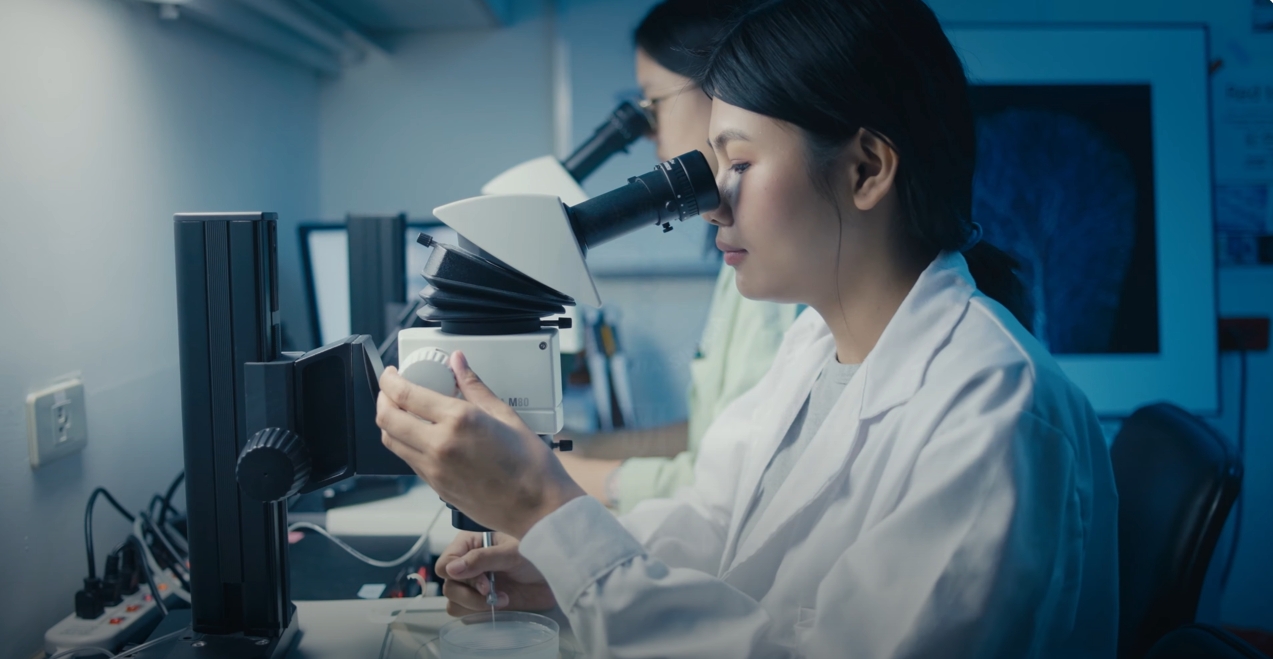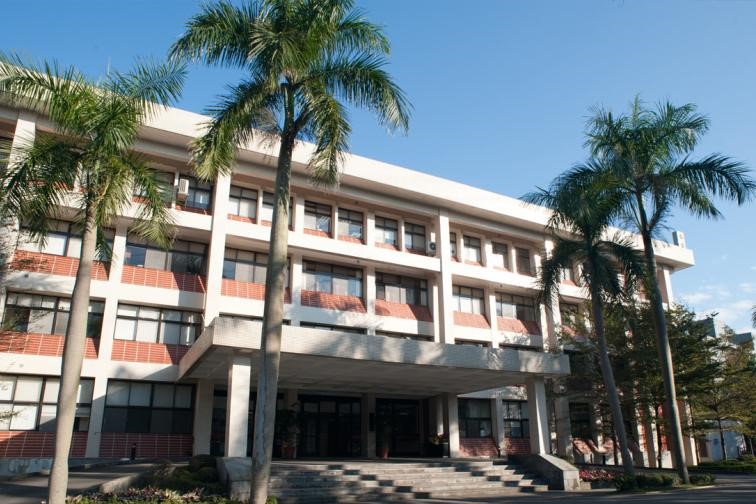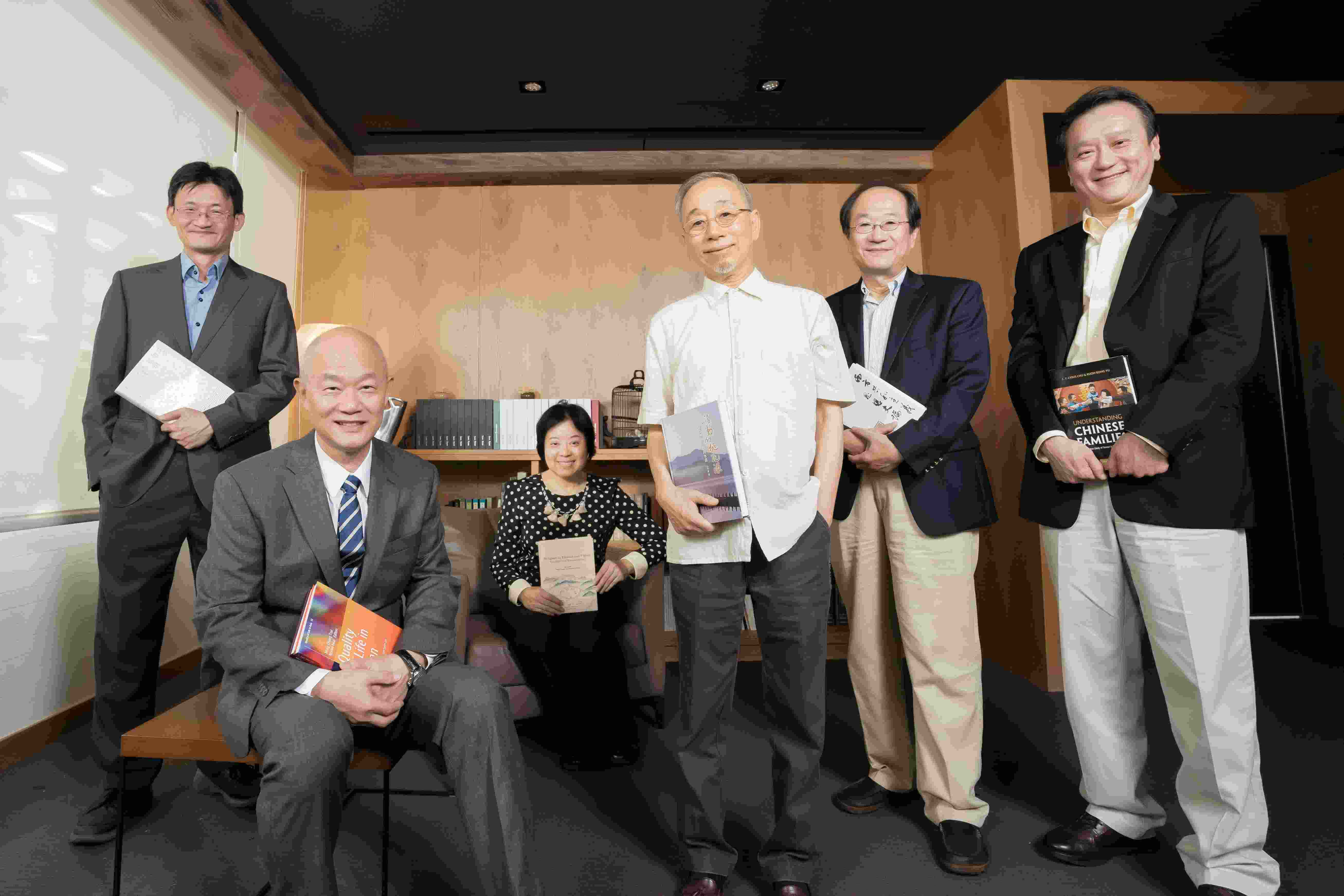- 科普演講
- 物理研究所
- 地點
物理所5樓第一會議室
- 演講人姓名
黃韋盛博士 (Bruker Ltd.)
- 活動狀態
確定
- 活動網址
https://www.phys.sinica.edu.tw/lecture_detail.php?id=2821&eng=T
【摘要】
Over the past two decades, the remarkable progress in technology and the advent of new methodologies have elevated proteomics into a potent tool for protein scientists, biologists, and clinical researchers. The introduction of the timsTOF, along with the groundbreaking PASEF® acquisition mode, not only pushes the boundaries of speed, sensitivity, selectivity, and robustness but also facilitates 4D-Proteomics™ approaches. This capability empowers scientists to systematically explore aspects of the proteome that were previously beyond reach. The incorporation of the ion mobility dimension in timsTOF platforms enables the consistent measurement of Collisional Cross Section (CCS) values for all detected ions. These values can be harnessed to enhance the system's selectivity, providing more reliable relative quantitation information from complex samples and short gradient analyses. To overcome the bottleneck in data analysis, integration of real-time database search and intelligent acquisition through Bruker ProteoScape™ (BPS) proves pivotal. BPS operates intelligently, allowing users to define qualifications for proteins or peptides at the conclusion of a sample acquisition. This determination influences the progression of the sample queue, assesses suitability, and conserves valuable samples, expensive consumables, and instrument time. When combined with PASEF technology on the timsTOF platform, BPS Novor delivers heightened sensitivity for real-time de novo sequencing across a range of applications, including single-cell proteomics, immunopeptidomics, metaproteomics, and plasma proteomics.









 首頁
首頁

